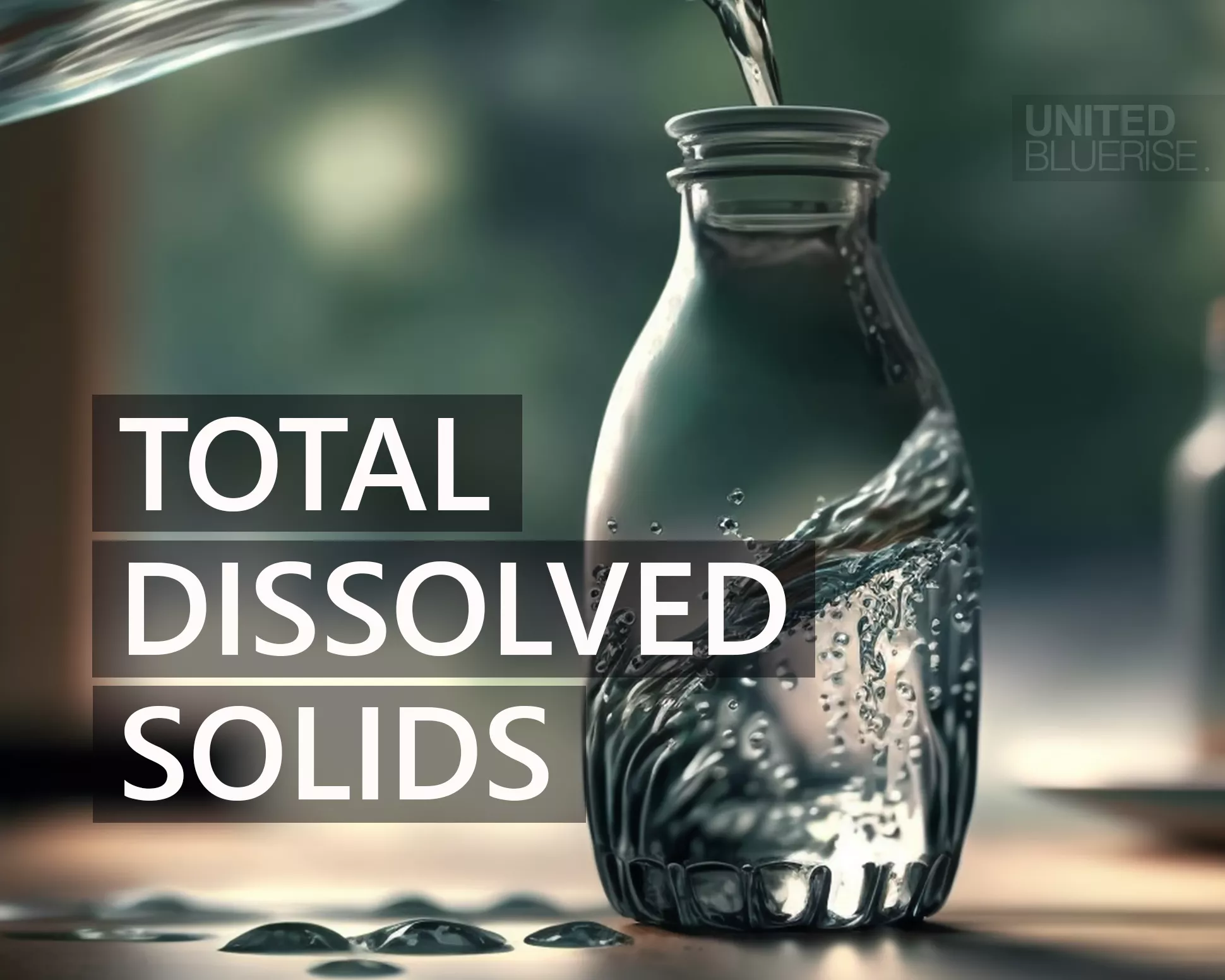TDS Total Dissolved Solids is a measurement of the quantity of inorganic and organic compounds that are dissolved into water. Minerals, sodium salts, metals, and other chemicals found in water are examples of these things. When it comes to drinking water, TDS is an important aspect to consider because it can affect both the taste and our health.
Importance of TDS:
TDS is important when it comes to water quality. TDS is an important aspect to consider when it comes to drinking water quality. Water with a high TDS level may taste salty, bitter, or metallic, and it may be unpleasant to drink. Furthermore, water with a high TDS level can be harmful to our health.
TDS Impact on the Human Body
The effect of TDS on humans is determined by the specific components that are in the water. Certain minerals and salts, including calcium and magnesium, have advantages to our health and can provide our bodies with essential nutrients. Excessive levels of some minerals or other compounds in water, on the other hand, can be harmful to human health.
TDS levels in water that are too high might induce digestive issues such as indigestion, nausea, and vomiting. It can also lead to the formation of kidney stones and have a harmful impact on bone density. Furthermore, high TDS water may include dangerous elements such as lead or arsenic, which can cause major health problems over time.
Optimum Level of TDS for Our Body
TDS levels in drinking water are typically thought to be optimal around 150 to 500 mg/L (milligrams per liter). Water in this range is regarded as both safe and healthy to drink. However, the optimal level of TDS for an individual may vary depending on factors like age, medical condition, and dietary requirements.
Water that has a TDS level less than 150 mg/L may not give our bodies enough minerals and nutrients. On the other hand, water that has a TDS level of 500 mg/L may contain excessive levels of particular minerals or other chemicals that might be harmful to human health.
In conclusion, TDS is an important factor to consider when it comes to drinking water. Water with a high TDS level may have negative impacts on both the taste of the water and our health. The optimum level of TDS for drinking water is generally considered to be between 150 and 500 mg/L. By understanding the importance of TDS and monitoring the TDS level in our drinking water, we can ensure that we are consuming safe and healthy water for our bodies.
How water purifiers can help reduce the TDS in drinking water:
UNITED BLUERISE provides a wide range water purifiers that can help maintain the TDS level of water by removing impurities while retaining essential minerals. Reverse osmosis (RO) and ultraviolet (UV) water purifiers are two common types of purifiers that can help to maintain the TDS level of water.
To remove contaminants from water, our RO water purifiers use a semi-permeable membrane. This membrane is intended to let water molecules travel through while retaining dissolved particles like salts and minerals. While this method might lower the TDS level in water, it can also remove important minerals that are good for human health. To remedy this, many RO Water purifiers include a mineralizer or TDS controller, which puts minerals back into the water after filtering.
In contrast, UV water purifiers do not remove any pollutants or minerals from the water. Instead, they employ UV radiation to eliminate viruses, bacteria, and other microbes in the water. Because no minerals are eliminated or added, this process has no effect on the TDS level of the water.
Article: QL-7111







